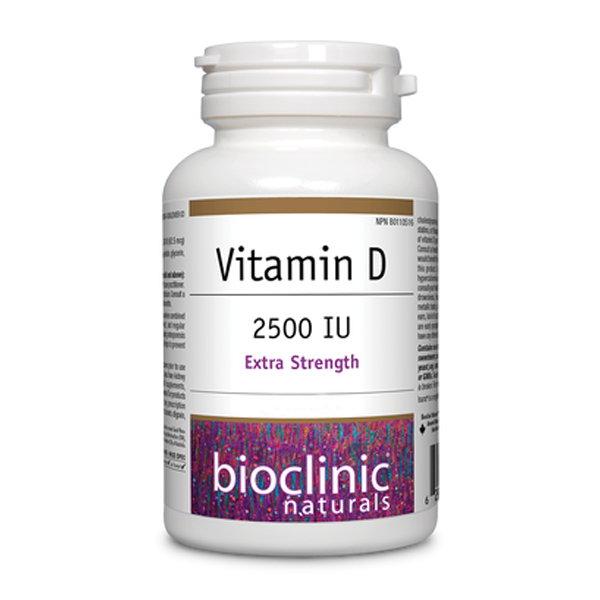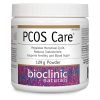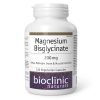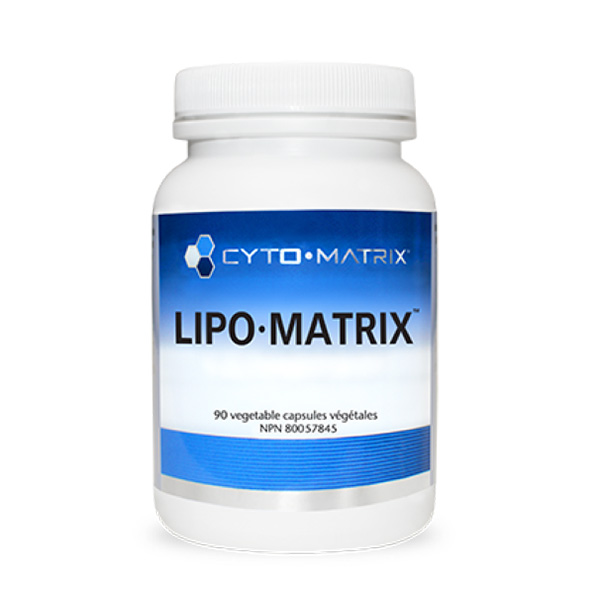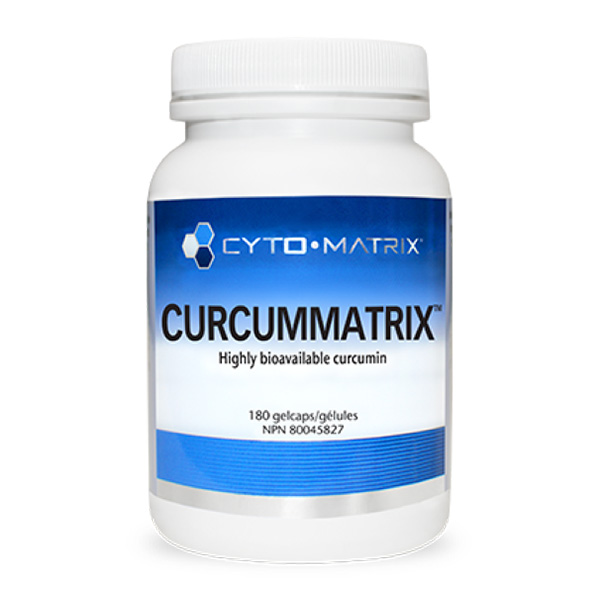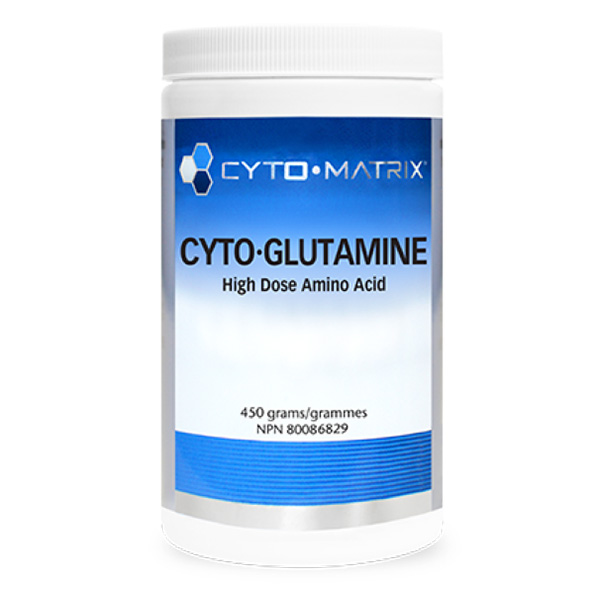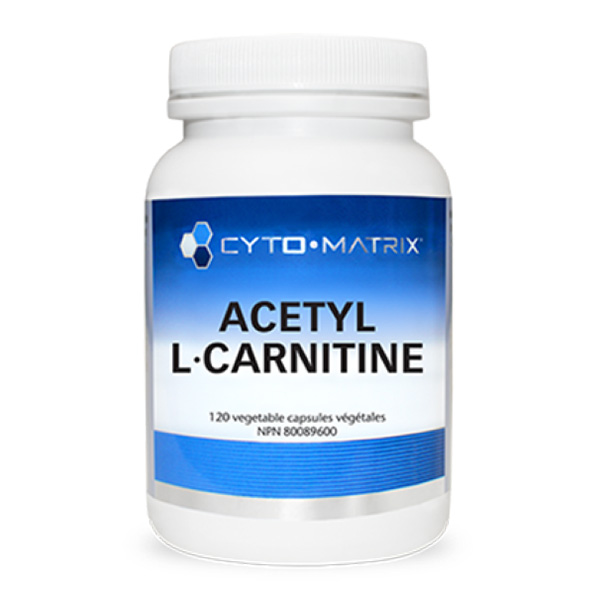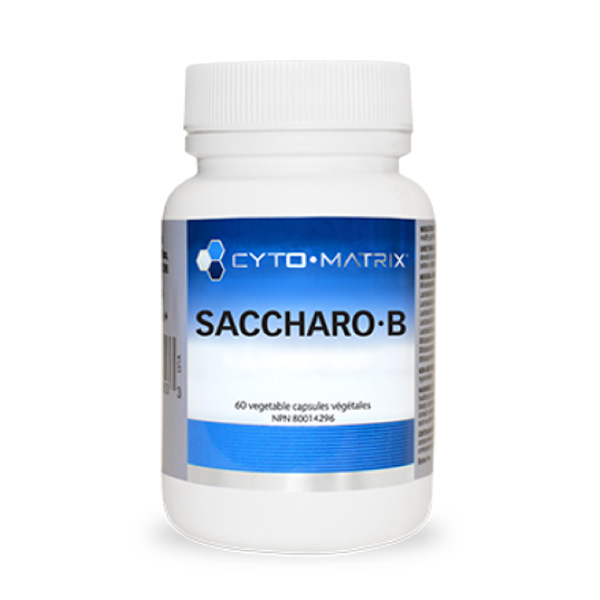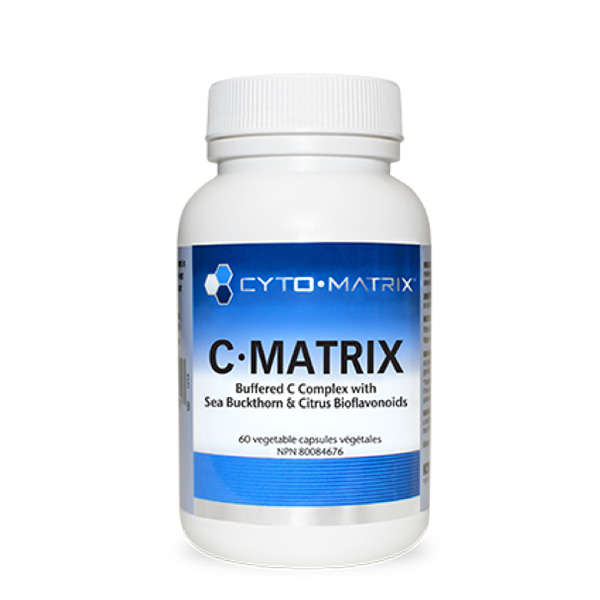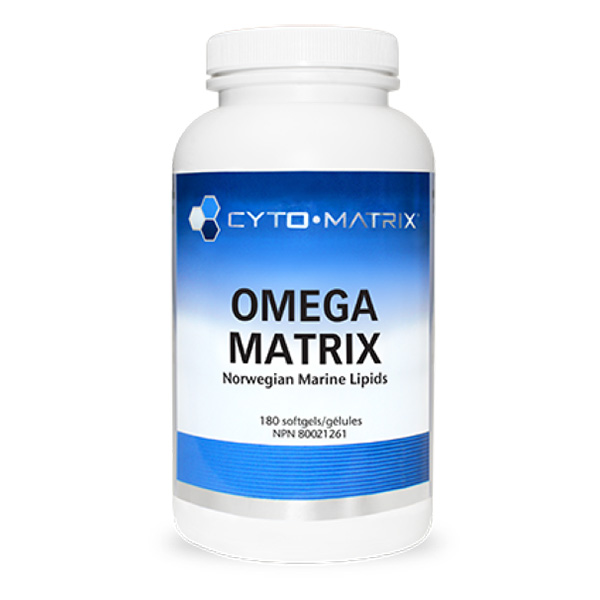Bioclinic – Vitamin D3 – 2500IU – 90 Softgels

$9.99
- Vitamin D3 (cholecalciferol) is likely more effective at restoring blood levels than the D2 form (ergocalciferol)1
- Cholecalciferol is also shown to increase the proportion of the active form of vitamin D versus ergocalciferol2
- 2500 IU of vitamin D per softgel allows for easy daily dosing
- Easy-to-swallow and highly bioavailable softgel
- In a base of organic flaxseed oil for improved intestinal absorption
In stock
Benefits
- Vitamin D3 (cholecalciferol) is likely more effective at restoring blood levels than the D2 form (ergocalciferol)1
- Cholecalciferol is also shown to increase the proportion of the active form of vitamin D versus ergocalciferol2
- 2500 IU of vitamin D per softgel allows for easy daily dosing
- Easy-to-swallow and highly bioavailable softgel
- In a base of organic flaxseed oil for improved intestinal absorption
Feature Summary
Vitamin D is a hormone widely recognized to be essential to many body systems and physiological processes. It may also be one of the most common nutrient deficiencies globally, with insufficient or deficient levels found in nearly 40% of Canadians.3-5 Vitamin D is critical for healthy immune function and may reduce the risk and/or severity of infections, especially those of the respiratory tract, and particularly in individuals prone to infection.6-8 Many recent studies have linked lower levels of this vitamin to an increased risk of cardiovascular disease, including hypertension, peripheral vascular disease, and coronary artery disease.9-12
Vitamin D is needed to help absorb dietary calcium, and it is also important for bone health and muscle strength. Vitamin D has been associated with overall physical fitness and performance, with lower levels linked to frailty, especially in older adults.13-17 Supplementation at clinically relevant doses has been associated with a well-established reduction in osteoporotic fracture.18,19 Given that essentially every tissue in the body has a receptor for vitamin D, it is hard to overestimate its importance.20 Many practitioners recommend supplementation to achieve blood levels of 50–80 nmol/L for 25-OH-vitamin D. This level often requires doses of 1000–2000 IU per day, and more for those with common genetic variants affecting vitamin D metabolism.21-23
Medicinal Ingredients
| Each Softgel Contains: | |
| Vitamin D3 (Cholecalciferol) | 2500 IU (62.5 mcg) |
Non-Medicinal Ingredients
Softgel (gelatin, glycerin, purified water), organic flaxseed oil.
Dosage:
Recommended Adult Dose (18 years old and above): 1 softgel per day or as directed by a health care practitioner. To be taken with an adequate intake of calcium. Consult a health care practitioner for use beyond 6 months.
Warnings:
Consult a health care practitioner prior to use if you are pregnant or breastfeeding, if you have kidney disorders, if you take other vitamin D supplements, multivitamin supplements containing vitamin D or products containing vitamin D analogues, or any prescription medications including antacids, anticonvulsants, digoxin, cholestyramine, colestipol, mineral oil, steroids, statins, or thiazide diuretics. 15–20 mcg (600–800 IU) of vitamin D per day is adequate for most individuals. Consult a health care practitioner to determine if you would benefit from additional vitamin D before taking this product. Do not use this product if you have hypercalcemia and/or hypercalciuria. Stop use and consult your health care practitioner if weakness, fatigue, drowsiness, headache, lack of appetite, dry mouth, metallic taste, nausea, vomiting, vertigo, ringing in the ears, lack of coordination, and muscle weakness (which are early symptoms of hypercalcemia) occur, or if you have any other side effects. Keep out of reach of children.
Allergens:
Contains no artificial colours, preservatives, or sweeteners; no dairy, starch, sugar, wheat, gluten, yeast, soy, corn, egg, fish, shellfish, salt, tree nuts, or GMOs.
Contraindications
Caution is advised for individuals with a hypersensitivity to any of the ingredients, and those with lymphoma, tuberculosis, hypercalcemia, or renal impairment. Individuals with sarcoidosis should also consult their health care provider. While previously a relative contraindication, sarcoidosis activity is correlated with hypovitaminosis D as suggested by more recent data and un-supplemented individuals are at a greater risk for hypercalcemia.24
Drug Interactions
When taken with a thiazide medication (diuretic), may increase the risk for hypercalcemia.25 Also, vitamin D may improve insulin sensitivity and lower blood pressure, requiring a reduction in dosage of hypertension and/or diabetic medications.
- Logan, V.F., Gray, A.R., Peddie, M.C., et al. (2013). Long-term vitamin D3 supplementation is more effective than vitamin D2 in maintaining serum 25-hydroxyvitamin D status over the winter months. Br J Nutr, 109(6), 1082-8.
- Martineau, A.R., Thummel, K.E., Wang, Z., et al. (2019). Differential effects of oral boluses of vitamin D2 vs vitamin D3 on vitamin D metabolism: a randomized controlled trial. J Clin Endocrinol Metab, 104(12), 55831-9.
- Holick, M.F. (2007). Vitamin D deficiency. N Engl J Med, 357(3), 266-81.
- Adams, J.S., & Hewison M. (2010). Update in vitamin D. J Clin Endocrinol Metab, 95(2), 471-8.
- Amrein, K., Scherkl, M., Hoffmann, M., et al. (2020). Vitamin D deficiency 2.0: an update on the current status worldwide. Eur J Clin Nutr, 74(11), 1498-513.
- Tran, B., Armstrong, B.K., Ebeling, P.R., et al. (2014). Effect of vitamin D supplementation on antibiotic use: a randomized controlled trial. Am J Clin Nutr, 99(1), 156-61.
- Ginde, A.A., Mansbach, J.M., & Camargo, C.A. Jr. (2009). Association between serum 25-hydroxyvitamin D level and upper respiratory tract infection in the Third National Health and Nutrition Examination Survey. Arch Intern Med, 169(4), 384-90.
- Bergman, P., Norlin, A.C., Hansen, S., et al. (2015). Vitamin D supplementation to patients with frequent respiratory tract infections: a post hoc analysis of a randomized and placebo-controlled trial. BMC Res Notes, 8, 391.
- Pludowski, P., Holick, M.F., Pilz, S., et al. (2013). Vitamin D effects on musculoskeletal health, immunity, autoimmunity, cardiovascular disease, cancer, fertility, pregnancy, dementia and mortality-a review of recent evidence. Autoimmun Rev, 12(10), 976-89.
- Muscogiuri, G., Sorice, G.P., Ajjan, R., et al. (2012). Can vitamin D deficiency cause diabetes and cardiovascular diseases? Present evidence and future perspectives. Nutr Metab Cardiovasc Dis, 22(2), 81-7.
- Rafiq, S., & Jeppesen, P.B. (2018). Body Mass Index, vitamin D, and type 2 diabetes: a systematic review and meta-analysis. Nutrients, 10(9), 1182.
- Baz-Hecht, M., & Goldfine, A.B. (2010). The impact of vitamin D deficiency on diabetes and cardiovascular risk. Curr Opin Endocrinol Diabetes Obes, 17(2), 113-9.
- Wicherts, I.S., van Schoor, N.M., Boeke, A.J., et al. (2007). Vitamin D status predicts physical performance and its decline in older persons. J Clin Endocrinol Metab, 6, 6.
- Mosele, M., Coin, A., Manzato, E., et al. (2013). Association between serum 25-hydroxyvitamin d levels, bone geometry, and bone mineral density in healthy older adults. J Gerontol A Biol Sci Med Sci, 68(8), 992-8.
- Tieland, M., Brouwer-Brolsma, E.M., Nienaber-Rousseau, C., et al. (2013). Low vitamin D status is associated with reduced muscle mass and impaired physical performance in frail elderly people. Eur J Clin Nutr, 67(10), 1050-5.
- Vaes, A.M.M., Brouwer-Brolsma, E.M., Toussaint, N., et al. (2019). The association between 25-hydroxyvitamin D concentration, physical performance and frailty status in older adults. Eur J Nutr, 58(3), 1173-81.
- Buta, B., Choudhury, P.P., Xue, Q.L., et al. (2017). The association of vitamin D deficiency and incident frailty in older women: the role of cardiometabolic diseases. J Am Geriatr Soc, 65(3), 619-24.
- Prentice, R.L., Pettinger, M.B., Jackson, R.D., et al. (2013). Health risks and benefits from calcium and vitamin D supplementation: Women’s Health Initiative clinical trial and cohort study. Osteoporos Int, 24(2), 567-80.
- Yao, P., Bennett, D., Mafham, M., et al. (2019). Vitamin D and calcium for the prevention of fracture: a systematic review and meta-analysis. JAMA Netw Open, 2(12), e1917789.
- Rosen, C.J., Adams, J.S., Bikle, D.D., et al. (2012). The nonskeletal effects of vitamin D: an Endocrine Society scientific statement. Endocr Rev, 33(3), 456-92.
- Zittermann, A., Iodice, S., Pilz, S., et al. (2012). Vitamin D deficiency and mortality risk in the general population: a meta-analysis of prospective cohort studies. Am J Clin Nutr, 95(1), 99-100.
- Garland, C.F., French, C.B., Baggerly, L.L., et al. (2011). Vitamin D supplement doses and serum 25-hydroxyvitamin D in the range associated with cancer prevention. Anticancer Res, 31(2), 607-11.
- Drincic, A., Fuller, E., Heaney, R.P., et al. (2013). 25-Hydroxyvitamin D response to graded vitamin D₃ supplementation among obese adults. J Clin Endocrinol Metab, 98(12), 4845-51.
- Kamphuis, L.S., Bonte-Mineur, F., van Laar, J.A., et al. (2014). Calcium and vitamin D in sarcoidosis: is supplementation safe? J Bone Miner Res, 29(11), 2498-503.
- Boulard, J.C., Hanslik, T., Alterescu, R., et al. (1994). [Symptomatic hypercalcemia after vitamin D-thiazide diuretics combination. Two cases in elderly women]. Presse Med, 23(2), 96.
| Weight | 0.1 kg |
|---|

